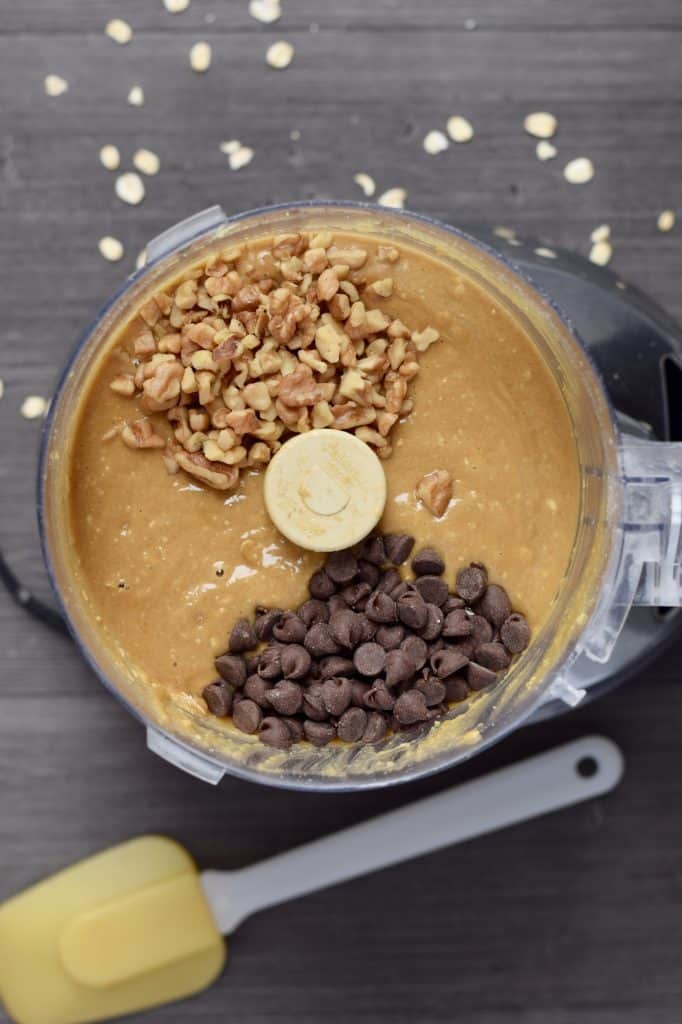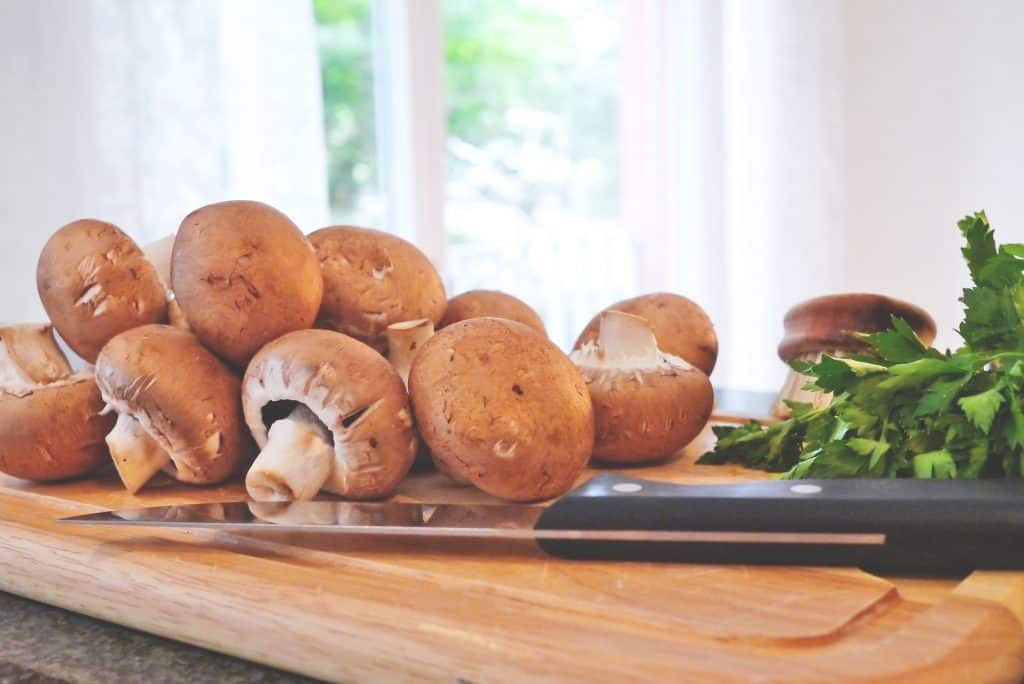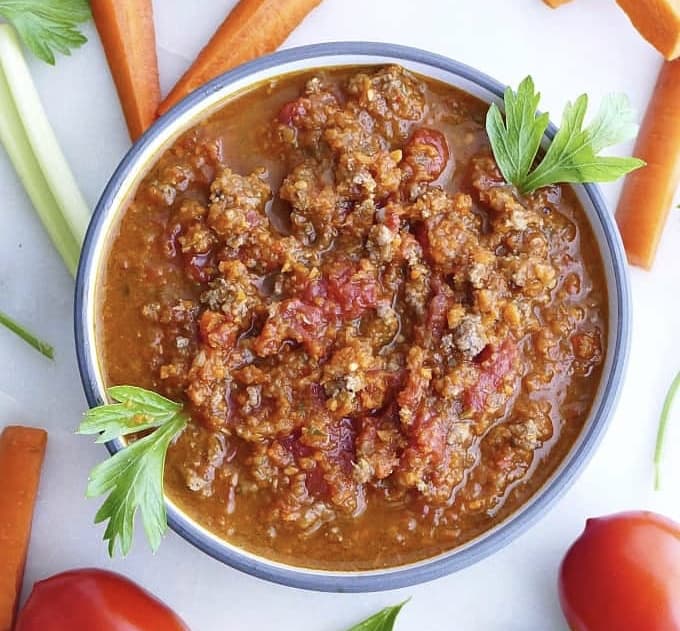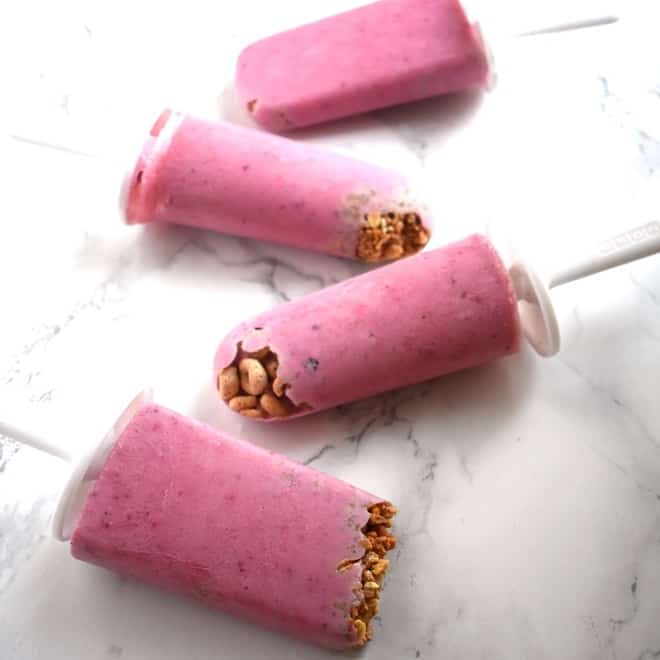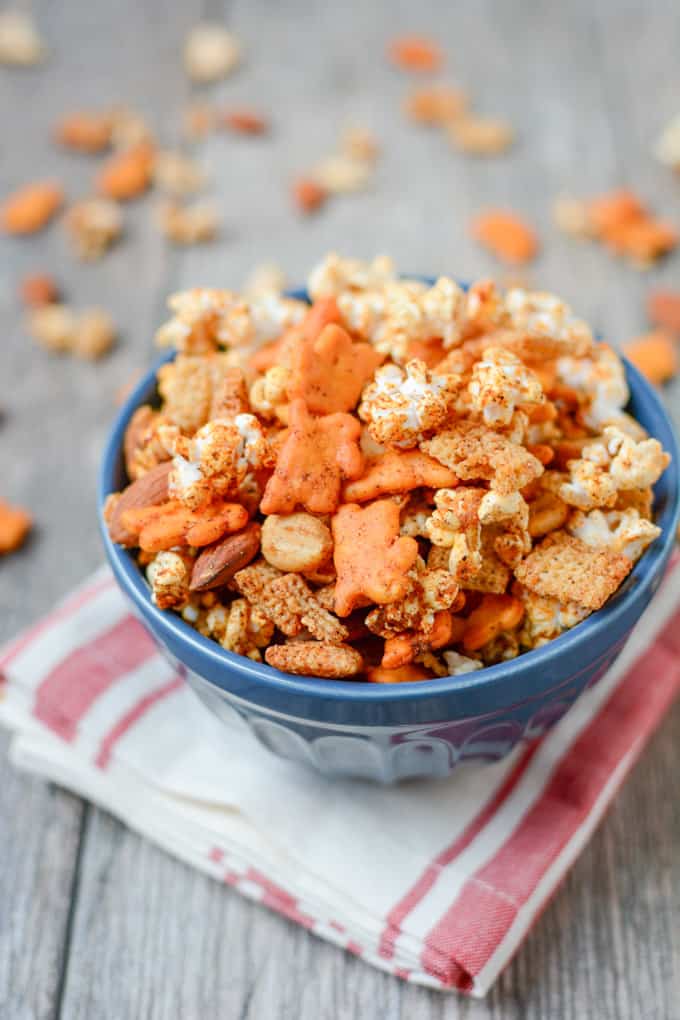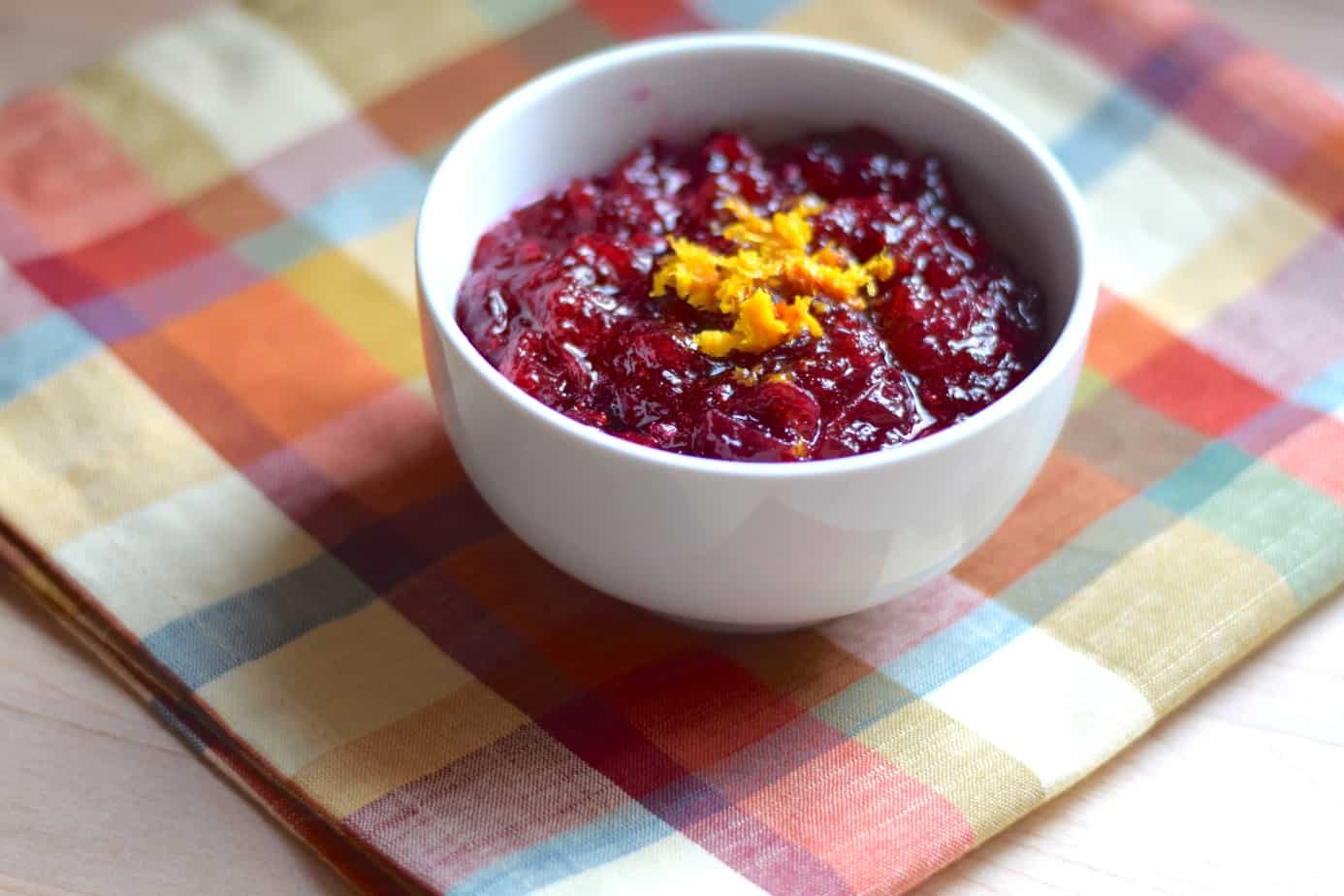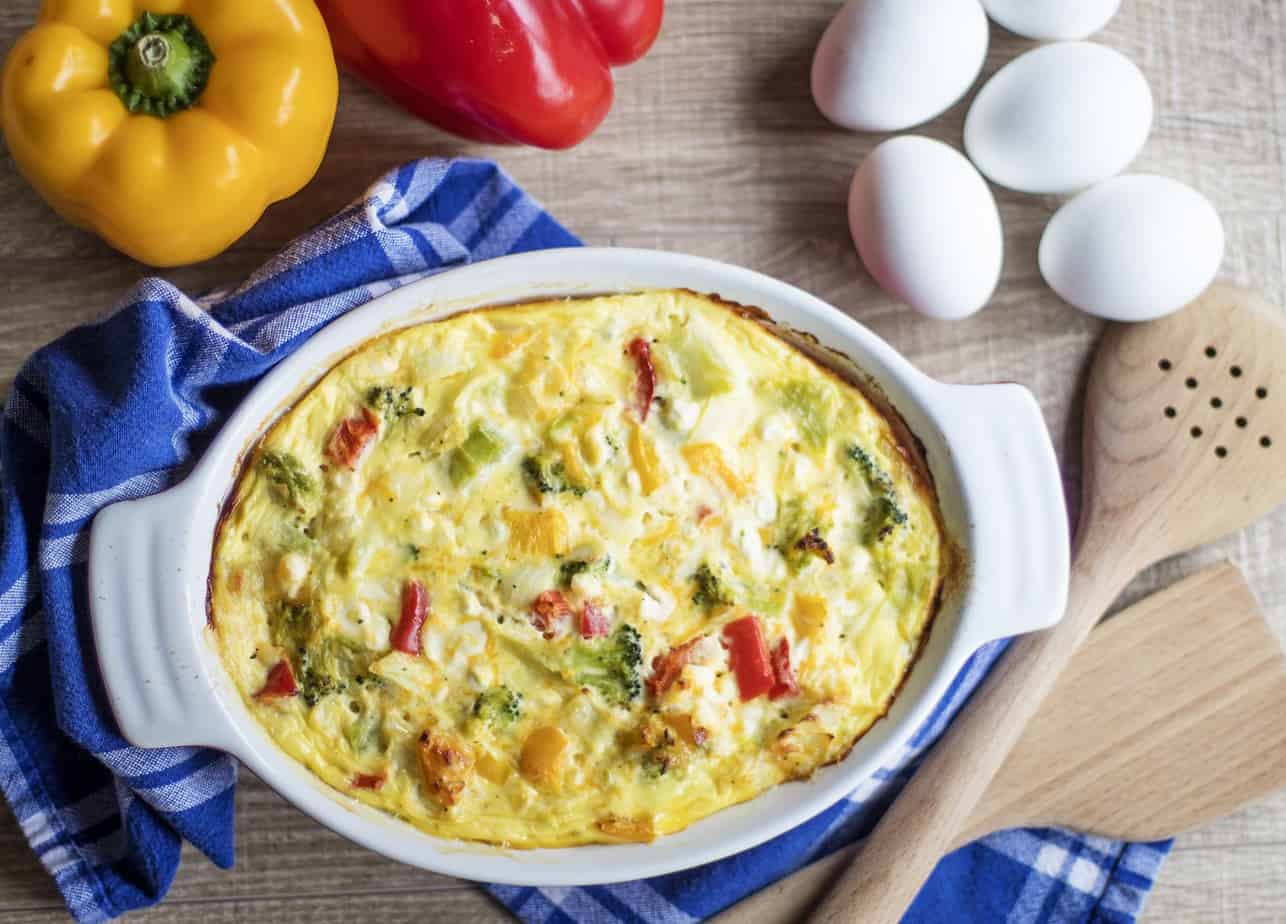Note: I worked with the Grain Foods Foundation on this sponsored post.
Are you ready for a shocker? There’s no reason to avoid bread, cereal, pasta, and rice in the name of easier weight control and better overall health. In fact, you should mix and match grain foods to support wellbeing, especially as you get older. Here’s how grain foods help with healthy aging.
 A balanced, enjoyable eating plan is key to healthy aging. (Photo credit: Canva)
A balanced, enjoyable eating plan is key to healthy aging. (Photo credit: Canva)
How many servings of grain foods to eat every day
The Dietary Guidelines for Americans suggest including 6 servings of grain foods every day, such as bread, cereal, pasta, and rice, for adults on a 2,000-calorie eating plan. A slice of whole wheat or white toast, ½ cup ready-to-eat cereal, and ½ cup cooked white or whole wheat pasta are each examples of one serving.
The guidelines also recommend eating a minimum of 3 servings of whole grains daily, such as whole wheat bread, oatmeal, and brown rice. But what about the other 3 servings of grains? Those can come from enriched grains, which are also often called refined grains.
If that advice comes as a surprise, it’s probably because of all of the grain-bashing going on by so-called health experts. Ignore the chatter. Shunning grain foods is fashionable, but it’s not advisable, particularly as you get older.
Experts suggest a combination of grains to support health. (Photo credit: Canva)
Grains supply nutrients that support healthy aging
A balanced eating plan that includes whole and enriched grains can help you get the nutrients you need at all ages and stages of life. By mixing whole and enriched grains, you consume even more nutrients than when you limit your grain intake to one type or the other. The two kinds of grains complement each other and are better together!
Let me explain.
Grain foods contain carbohydrates for energy, fiber to help with digestion and overall health, protein to build and maintain cells and tissues, selenium to protect against cell damage, and magnesium to help support bone health. Enriched grains supply added B vitamins and iron.
In fact, enriched grains are an important source of vitamin B12, necessary to support the heart and nervous system in older people. Experts recommend that people over the age of 50 get most of their vitamin B12 in the synthetic form to avoid a deficiency. Enriched grains contain synthetic vitamin B12, making them an easy and delicious way to get the vitamin B12 you need. Americans get much of their iron and B vitamins from enriched grains.
All grains are not created equal, of course. Enriched cereal, pasta, bread, and rice, considered staples of the diet, provide more nutrients than cookies, cake, and chips, which most people should eat only occasionally.
Cupcakes, cookies, and pastry can be part of a balanced diet, but most people should eat them occasionally. (Photo credit: Canva)
Why it’s OK to eat refined grains
You may feel guilty for loving white bread, cereal, pasta, and rice, but you can stop now! By this point, you should know that it’s OK to eat enriched grains. (Plus, you should never feel guilty about loving any food.)
Refined grains are often fingered for contributing to chronic health problems, but research has found that they aren’t to blame. When enriched grains are taken as a group, there is no evidence linking them with type 2 diabetes, cardiovascular disease, stroke, high blood pressure, cancer, or dying early.
So, why all the negativity?
Enriched grains are probably targeted because of the company they keep. The influence of enriched grains on health is often mistaken for their effects on the overall diet, which may be high in saturated fat, low in fiber, and deficient in several vitamins and minerals. In addition, enriched grains are often lumped in with other refined grains that are high in calories, fat, and added sugar, including pastry, cake, and snack chips.
Love white pasta? Go ahead and enjoy! (Photo credit: Canva)
Mix and match grains for better health
Grain foods are delicious and nutritious. And, it’s good to know that it’s highly unlikely that a piece of white bread or a bowl of pasta every day will “wreck” your health!
Eating patterns matter most when it comes to healthy aging and preventing chronic health conditions. Avoiding your favorite grain foods, particularly the enriched kind, can make you feel deprived and derail your commitment to healthy eating in the long run.
Make room for a mixture of delicious and nutritious whole and enriched grains in your eating plan, and enjoy!































